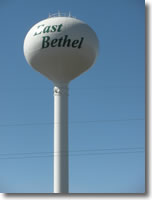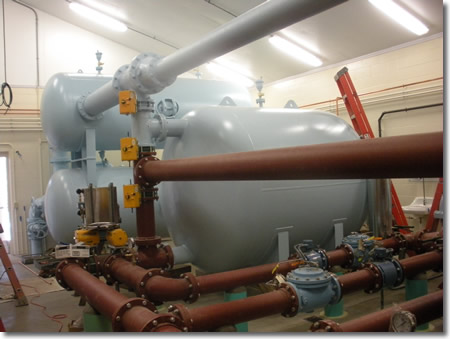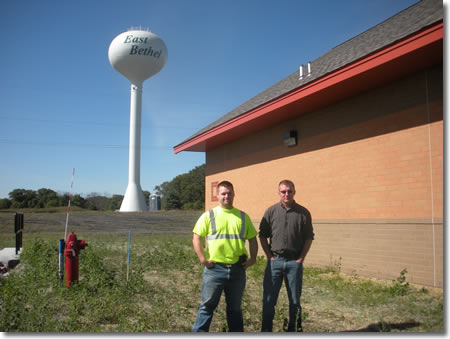Drinking Water Protection
- Drinking Water Protection Home
- About Us
- A-Z Index of Contaminants in Water
- Community Public Water Supply
- Drinking Water Grants and Loans
- Drinking Water Institute
- Drinking Water in Schools and Child Cares
- Drinking Water Revolving Fund
- Laws and Rules
- Noncommunity Public Water Supply
- Source Water Protection
- Water Operator and Certification Training
- Drinking Water Protection Contacts
Related Topics
- Annual Reports
- Drinking Water Risk Communication Toolkit
- Drinking Water Protection External Resources
- Fact Sheets
- Forms
- Invisible Heroes Videos: Minnesota's Drinking Water Providers
- Noncom Notes Newsletter
- Sample Collection Procedures (videos, pictures, written instructions)
- Waterline Newsletter
Related Sites
- 10 States Standards
- Clean Water Fund
- Health Risk Assessment – Guidance Values and Standards for Water
- Minnesota Well Index
- Water and Health
- Wells and Borings
Environmental Health Division
East Bethel Spurs Development with New Water Plant
From the Winter 2012-2013 Waterline
Quarterly Newsletter of the Minnesota Department of Health Public Water Supply Unit, Waterline
A complete list of feature stories can be found on the Waterline webpage.
 Another example of the importance of water to local development has emerged in East Bethel, a bedroom community of 11,000 approximately 30 miles north of the Twin Cities, spanning both sides of Minn. Hwy. 65.
Another example of the importance of water to local development has emerged in East Bethel, a bedroom community of 11,000 approximately 30 miles north of the Twin Cities, spanning both sides of Minn. Hwy. 65.
Most of the residents have private wells although a residential development, consisting of 42 houses with 120 lots still undeveloped, gets water from an existing plant on the east side of Hwy. 65. The plant has two 8,000-gallon pressure tanks for storage and adds chlorine, fluoride, and a polyphosphate to the water. A well drilled into the Mount Simon aquifer had supplied the water for this system, but, because of radium issues, it was replaced two years ago by a well drilled into the Ironton-Galesville aquifer (sometimes referred to geologically as the Wonewoc).
A new water and stand-alone wastewater system is now going on-line on the west side of the city, designed to spur commercial development along the Hwy. 65 corridor. “The original thought was to promote industrial and commercial development,” said city administrator Jack Davis, who added that this may also bring some high-density housing to the area. “With the availability of water, this changes the whole landscape.”
The new water plant was built in tandem with an interceptor sewer and wastewater reclamation plant constructed by the Metropolitan Council. The city will pay the council for this portion with the revenue produced by the project. The wastewater system will not connect with the rest of the Metropolitan Council’s network since the city of Ham Lake, which has no utility, is between East Bethel and Blaine to the south.
Construction began in late 2011 on a 500,000 gallon tower, and in early 2012 the city bid and awarded a contract for the treatment plant to Municipal Builders, Inc. (MBI) of Andover, Minnesota. Public works superintendent Nate Ayshford said the dual pressure filters, which remove iron and manganese, have a rated capacity of just over 1,000 gallons a minute. “They can handle much more, but that is their approved capacity,” said Ayshford.
 |
| The new plant has dual pressure filters. |
Two new wells serve the plant, one that is 350 feet deep and draws from the Ironton-Galesville aquifer. The water from this well is low in iron, according to Craig Jochum of Hakanson Anderson Associates, Inc. of Anoka, Minnesota, the firm that designed the plant. The other, which is 250 feet in a gravel seam above the Ironton-Galesville aquifer, is a higher producer but also has higher levels of manganese. Jochum said that iron is added to the water before it reaches the filters to aid in the manganese removal. The utility also adds sulfur dioxide to control odors and chlorine. Fluoride is added to the water after it leaves the filters.
The water system is scheduled to be on-line in late 2012, and the sewer lines will be completed in 2013. Davis said the entire project was financed with three bonds totaling $18.8 million. “We’re doing more commercially,” he added. “Water is the key to development.”
 |
| Operator Jeremiah Haller and public works superintendent Nate Ayshford. |